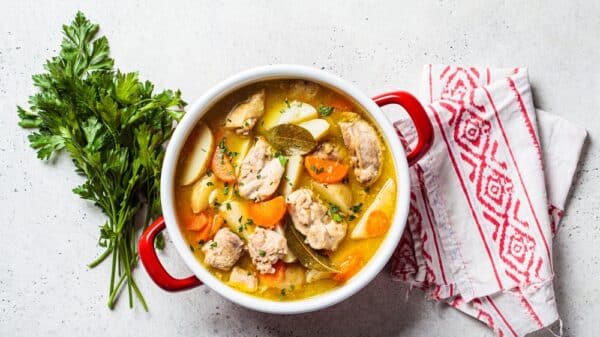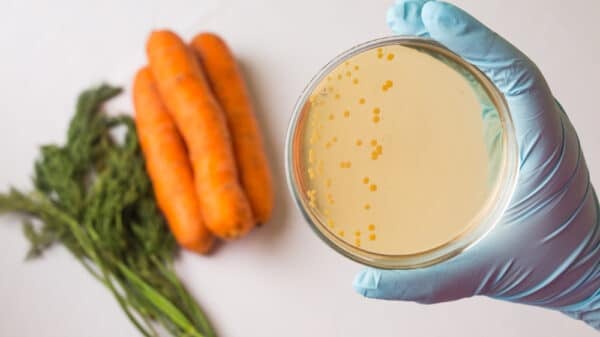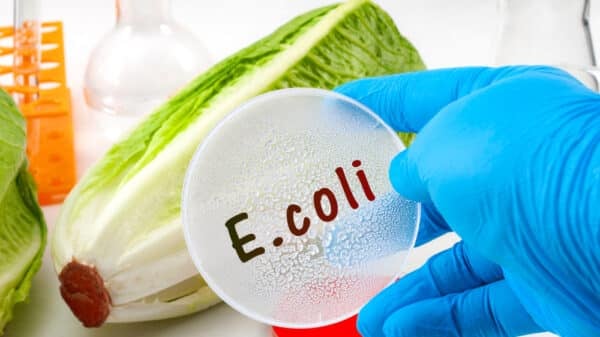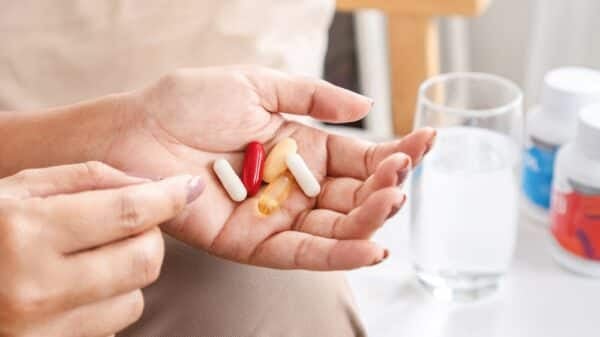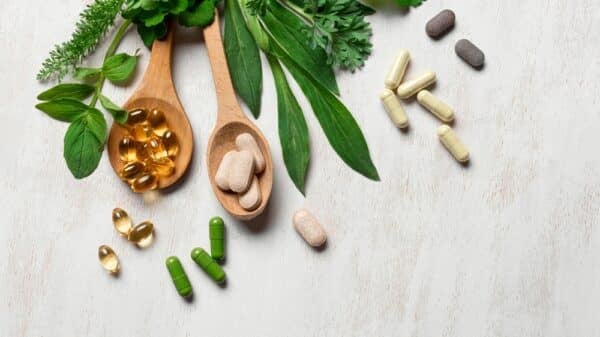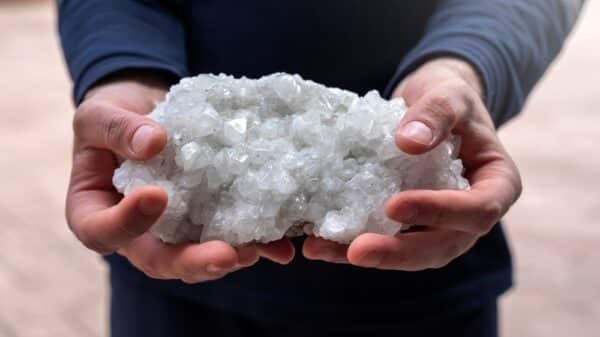There’s no denying that plastic has earned its place as a practical material for everything from food storage to transport. Yet, if you’re like many of us who are becoming increasingly aware of our health and environmental impact, you might be weighing your options when it comes to storing food. Enter glass containers. Making the switch from plastic to glass isn’t just a trendy lifestyle choice; it’s a savvy decision that can significantly improve your well-being and even inspire healthier eating habits.
Opting for glass instead of plastic is one powerful way to kick your plastic dependency to the curb. Beyond the clear health advantages, glass containers can polish up your fridge aesthetics and make leftover meals more enticing—who doesn’t love a beautifully arranged glass container filled with a hearty stew, sitting proudly on a shelf?
Let’s dive into the insights of Trevor Craig, a food safety specialist and corporate director of technical training and consulting at Microbac Laboratories. He sheds light on why glass is often the superior choice for food storage and provides practical tips for times when plastic might be unavoidable—a reality most of us face at one time or another.
Three Compelling Reasons to Choose Glass Containers for Food Storage
1. Glass Tolerates Extreme Temperatures
One of glass’s standout qualities is its ability to withstand both high and low temperatures without faltering. Unlike plastic, which can warp and leach chemicals, glass maintains its shape—meaning your delicious dishes stay exactly as you prepared them. As Craig notes, glass is perfect for freezer storage, providing you with peace of mind that your food is safe even during long-term preservation. Plus, it can handle being tossed into a dishwasher at high temperatures—goodbye, stubborn stains!
2. Glass is More Hygienic
Admit it: we’ve all wrestled with those annoying stains that linger on plastic containers, especially those who found themselves fighting against tomato sauce or curry. Craig emphasizes that glass’s non-porous nature makes it far easier to clean, eliminating those hard-to-reach spaces where food and bacteria might lurk.
Plastics, on the other hand, can unintentionally become playgrounds for germs. As health expert Kate Reeder points out, the tiny holes in plastic can trap food particles, making them easy targets for bacteria. Furthermore, plastic can retain odors—a big no when it comes to food storage. Imagine reaching for that leftover pasta only to be met with a faint scent of last week’s fish. Not appetizing, right?
3. Glass is Durable and Eco-Friendly
It’s true that glass containers can come with a higher upfront cost compared to their plastic alternatives, but here’s the silver lining: those costs translate into significant savings and benefits over time. “Glass is not only more durable, but it’s also endlessly recyclable,” Craig insists. Unlike plastic which tends to wear down and needs replacing more frequently, glass can be reused for years—offering a much greater return on your investment while helping to alleviate the burden on our planet caused by single-use plastics.
Navigating the Realities of Plastic Food Storage
Although glass is indeed a superior option, it’s important to nail down the facts—it may not always be feasible or practical for every scenario. Whether you’re out camping, juggling a toddler, or simply tasked with packing lunches for work, plastic might fill in the gaps when glass isn’t an option. Craig is quick to remind us of this reality.
Opt for Food-Safe Plastics
When you find yourself needing to use plastic, be smart about it! Craig advises sticking to safer options, like PET, HDPE, LDPE, and polypropylene, which you can identify by looking for labels or markings on the bottom of the containers. Knowing what types of plastic are safe means you can make informed choices, rather than gambling with your health.
Choose BPA-Free Plastics
A crucial tip from Craig is to look for plastics that are labeled as BPA-free. BPA, or bisphenol A, is a chemical often found in plastics that can disrupt your hormones and has been linked to a host of health concerns, from early puberty to heart problems. By opting for BPA-free options, you’re taking an important step in protecting your health.
Steer Clear of Single-Use Plastics
Another part of navigating the world of plastic is knowing when to say “no” to single-use items. Those takeout containers and delivery bags? Designed for one-time use, they often lack durability and can release harmful chemicals if overused. Beware of single-use water bottles, too—reusing those can lead to contamination as they wear down. When it comes to food storage, think long-term and invest in containers specifically made for repeated use.
Dispose of Damaged Plastic Containers
Finally, take the time to inspect your containers. If a plastic piece is scratched, warped, or smells bad, it’s best to toss it. Craig suggests checking local recycling guidelines before disposing of your plastics, as not all types can be recycled. The good news? Glass can be recycled indefinitely, which makes it a win-win in both health and environmental categories.
Navigating food storage choices can feel overwhelming, but arming yourself with knowledge and making small, thoughtful decisions can lead to healthier eating habits and a healthier planet. So next time you’re about to grab that plastic container, consider reaching for glass instead—it’s a choice you’re likely to feel good about, every time you open your fridge.












